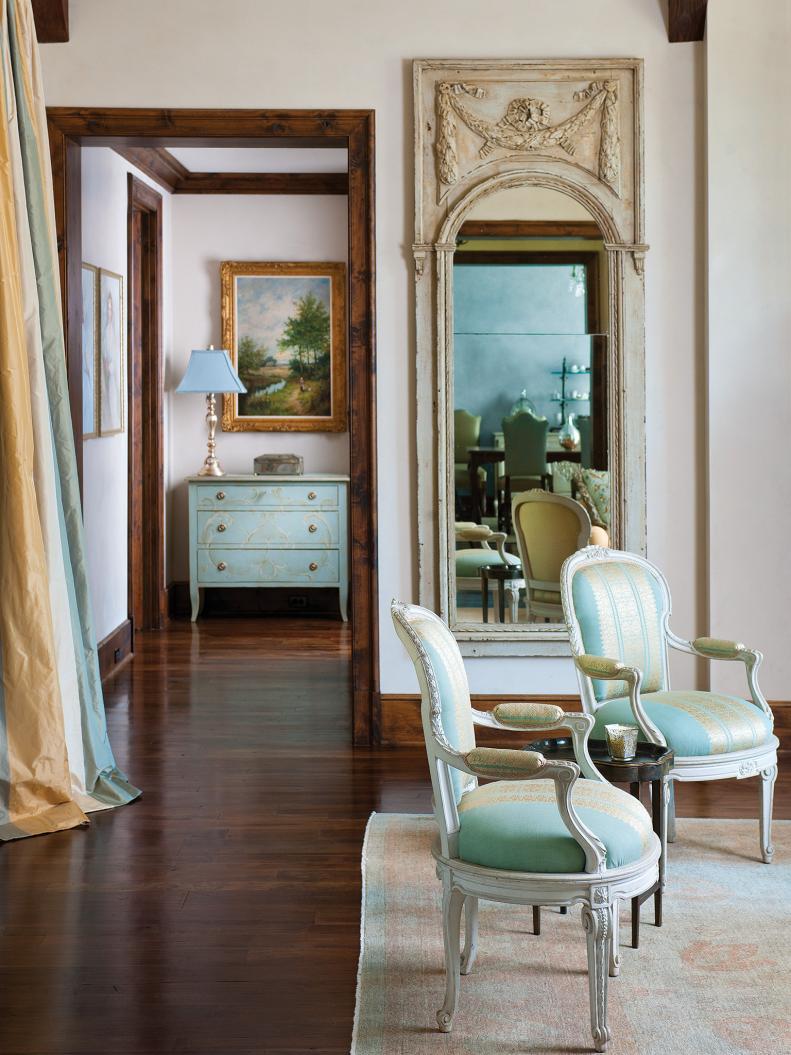1 / 18
Photo: Photo Courtesy: Dan Piassick ©.
From:
Betty Lou Phillips.
Classic Style From the 19th Century
Victorian style hails from the age of Charles Darwin and Charles Dickens, when fashionable homes were filled with ornate furniture inspired by ancient history and exotic lands, and produced by the might of the Industrial Revolution. There’s no single Victorian look. Queen Victoria, the British monarch for whom the era is named, ruled for so long (1837 to 1901) that the era saw a mix of designs. “Victorian is a cacophony of styles,” says Casey Rogers, head of the Department of 19th-Century Furniture and Decorative Arts for Christie’s. Here’s a lesson on the many looks of Victorian.









